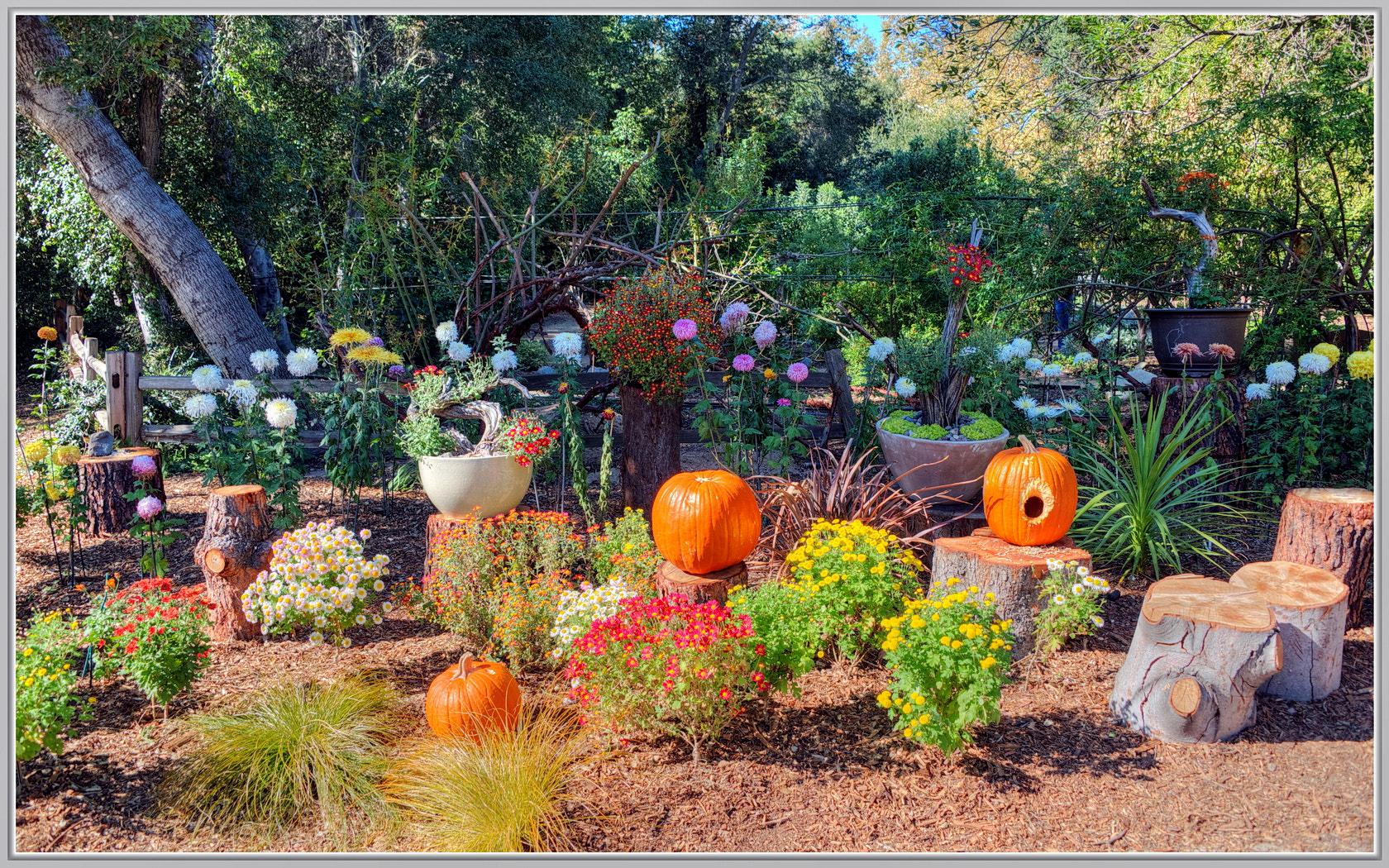By Craig Monger
The time to get your fall garden planted is running short. As the mild fall weather brings a pleasant repose to the people of the south, gardeners are being encouraged to get their seeds in the ground. According to Brian Brown, a Home Grounds agent for the Alabama Cooperative Extension System, there is still time to get your garden in shape for the colder months ahead.
Since direct-seeding, and not transplanting, produces the best gardening results in the fall months, you will have to break out the spades and gloves. Brown suggests removing the scraps from your summer crops, assuming you intend to reuse your summer plot. This involves pulling any weeds or expired plants from your garden and tilling or spading the soil to a depth of at least six to eight inches. Fertilizer may be used but is not a requirement. Regular and thorough watering is paramount to developing young seeds.
“It is important to remember that direct-seeded crops will need to be kept moist until they have emerged,” Brown said. “Once they emerge, you should water deeply with approximately one inch of water per week.”
Depending on the area of the state in which you live, you can begin planting earlier or later in the month.
“To determine when to plant, find your location’s average first freeze date, then count back the time to harvest for the particular crop you are planting,” Brown said.
For information on what to plant relative to your area’s climate, you can reference the ACES Garden Calendar.
If you live in the southern area of the state, you can begin planting strawberries, kale, spinach, carrots, and collards. In the northern area, you may begin planting onion seeds and radishes.
Rose gardens will need continued care for the expelling of disease and insects. If you want to add some color to your garden, it’s time to start planting some picturesque flowers. Snapdragons, tulips, hyacinth, daffodil, Dutch iris, and crocuses are among many of the bewitching options that would make a lovely addition to anyone’s garden or flowerbed.
Insects and disease are equally prevalent in the Fall as they are in the Summer. Brown suggests the rigorous observation of plants to make sure they remain free of insects and disease. If insect damage is severe, a safe and approved pesticide may be used.
With the arrival of the colder months, so comes the ever-approaching risk of a killing frost. According to Joe Kemble, a Professor of Horticulture at Auburn University, fall vegetables can have prolonged fruitfulness through the fall months if there is proper planning and protection.
“In Alabama, we often enjoy several weeks of good growing conditions after the first frost,” Kemble said. “Cover growing beds or rows with burlap or a floating row cover supported by stakes or wire to keep the material from directly touching the plants. Protect individual plants by covering them with milk jugs, paper caps, or water-holding walls.”
According to Kemble, while most hardy and semi-hardy vegetables do not require much frost protection, semi-hardy vegetables should be harvested before the first freeze.










